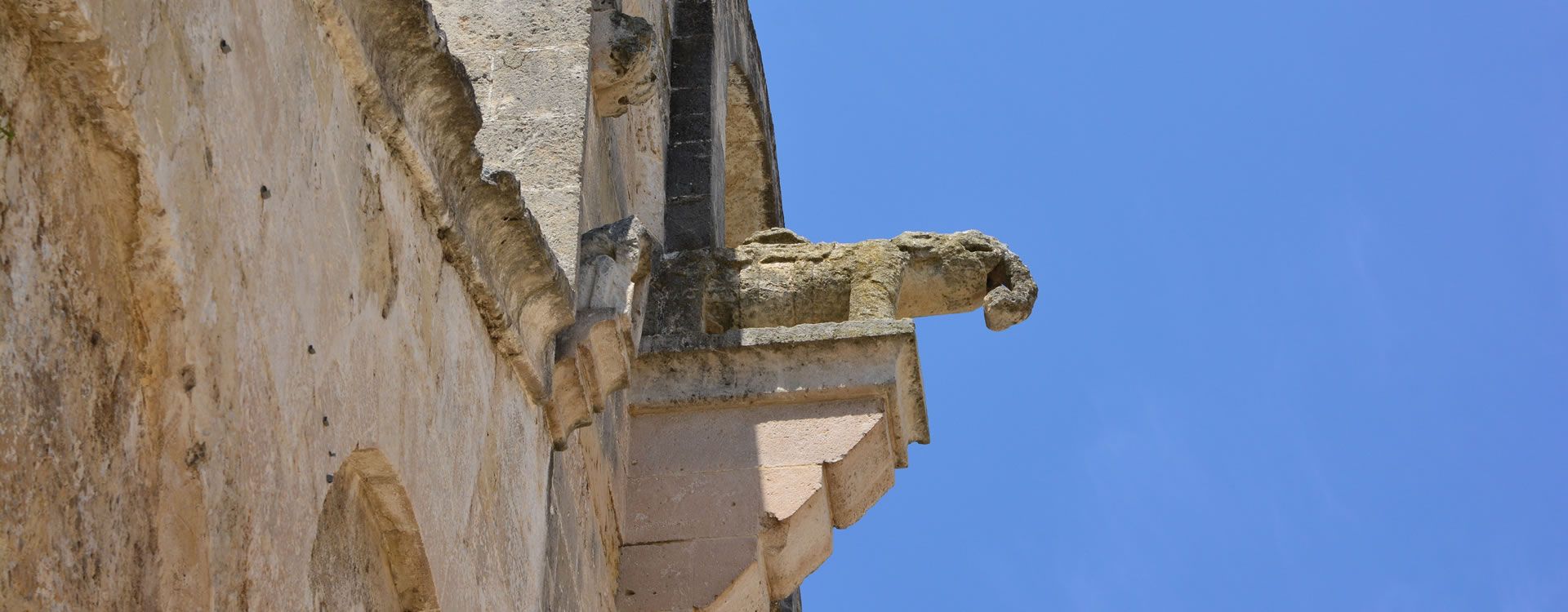The city of Matera and the surrounding area offer many places to visit all of great cultural importance for those who love to discover the testimonies of a millennial history or appreciate the natural landscape that blends with the historical one.
In the urban perimeter there are the Sassi and the historical center on the floor which frames the Murgia Materana Park.
These places are mixed by offering a fascinating itinerary that tells the historical and cultural evolution of Matera. In these routes there are a multitude of civil and religious monuments, churches and rock churches, national museums and thematic museums and various places of interest and cultural production.
Nearby is the landscape to make the visit exciting both between the gentle slopes of the Materian Hill and along the ravines and valleys of the Murgia.
Visit Matera
Visit the Sassi of Matera
The Sassi of Matera are the ancient districts of the city and show the cultural stratification that has been there and how man has modified the natural territory adapting it from time to time to the new needs of those who lived there according to social, economic and natural conditions that the place imposed.The Sassi are divided into three areas: the Sasso Barisano facing north, the Sasso Caveoso facing south and in the middle to divide them up the hill of the Civita in which stands the Cathedral and its bell tower.
From an architectural point of view, the Sassi of Matera are presented as an apparently chaotic complex of houses, streets, neighborhoods and small squares superimposed and side by side to each other. A maze of streets and a succession of empty and full along the western slope of the ravine, for the whole thickness of the calcarenitic rock that dominates the upper part of the rocky outcrop brought to light by the river excavation. Often the roofs of the houses that are located below are the adjacent streets or the floors of the houses placed higher up. In the Sassi what appears to be built is only a small part of the whole, much is hidden in the bowels of the tender limestone rock in which they are mostly excavated.
Some large medieval rupestrian complexes are interspersed with caves and deep cellars that descend inside the rock for tens of meters; small caves, natural or dug by man over the millennia, have been built and expanded to the outside (palazziate). These are the main elements that make up today the variegated and unique urban agglomeration that are the Sassi of Matera.
Some large medieval rupestrian complexes are interspersed with caves and deep cellars that descend inside the rock for tens of meters; small caves, natural or dug by man over the millennia, have been built and expanded to the outside (palazziate). These are the main elements that make up today the variegated and unique urban agglomeration that are the Sassi of Matera.
Visit the historic center
The historic center of Matera is located on the plateau overlooking the Sassi; it runs along all their length incorporating inside the Civita, the heart and the first medieval settlement of the city. In the historic center along the axis of eighteenth-century expansion that took the moves with the construction of Palazzo Lanfranchi in 1600, there are a series of important squares and churches for the most part dating from the seventeenth to the nineteenth century. Some of these are much older because at the time of their construction they were outside the walls or in open countryside and were part of monastic complexes located outside the city.The road that from Palazzo Lanfranchi, crossing Piazza San Francesco, Piazza del Sedile and the main square, Piazza Vittorio Veneto reaches Piazza San Giovanni, is a sort of semi-circle that embraces the Sassi amphitheater. It would seem that all the churches scattered along this path are visually connected to the mother church, the cathedral, which is located on the other side of the Civita.


 Home
Home








